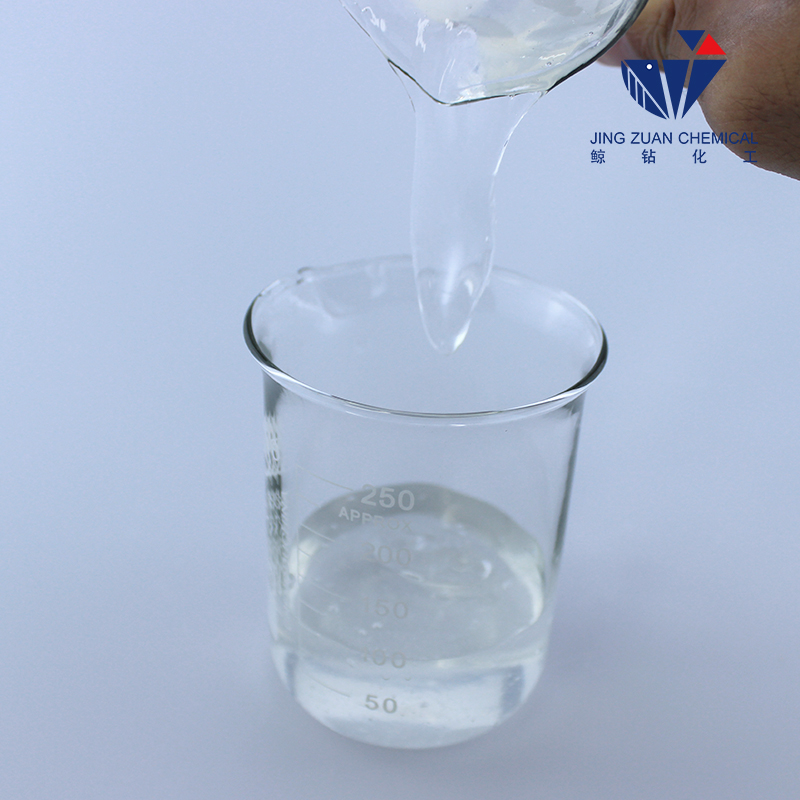
දෙසැ. . 16, 2024 10:03 Back to list
Exploring the Applications and Benefits of Hydroxypropyl Methylcellulose in Various Industries
Hydroxypropyl Methylcellulose An Essential Polymer in Modern Applications
Hydroxypropyl methylcellulose (HPMC) is a versatile and widely used polymer derived from cellulose, a natural polymer found in plant cell walls. This semi-synthetic compound has gained significance across various industries due to its unique properties and functionalities. Its applications span pharmaceuticals, food, cosmetics, and construction, making it an essential ingredient in many products we encounter daily.
What is Hydroxypropyl Methylcellulose?
HPMC is formed by modifying cellulose through hydroxypropyl and methoxy groups, which enhance its solubility in water and alter its physical properties. It appears as a white or off-white powder and is odorless and tasteless, making it ideal for numerous applications without imparting any unwanted flavors or smells.
One of the most notable characteristics of HPMC is its ability to form viscous solutions or gels in water. This thickening and gelling behavior is particularly useful in both pharmaceutical and food formulations. HPMC is a non-ionic polymer, which means it does not carry a charge, making it compatible with a wide range of other substances.
Applications in the Pharmaceutical Industry
In the pharmaceutical sector, HPMC is used primarily as a binder, thickener, and controlled-release agent in tablet formulations. Its ability to form hydrophilic gels allows for controlled drug release, ensuring that medications are released at a steady rate in the body. This property is particularly advantageous for developing sustained-release formulations, which improve patient compliance by reducing the frequency of dosing.
Moreover, HPMC is employed in ophthalmic solutions due to its excellent lubricating properties, providing relief from dry eyes by retaining moisture. Its biocompatibility further solidifies its use in various medical applications, ensuring that it is safe for human consumption or application.
hydroxypropyl methylcellulose

HPMC in Food and Cosmetics
In the food industry, hydroxypropyl methylcellulose is utilized as a thickening agent, stabilizer, and emulsifier
. It is commonly found in products such as sauces, dressings, and ice creams, where it enhances texture and consistency. HPMC can also act as a fat replacer, helping to reduce calorie content while maintaining the creamy mouthfeel of foods.The cosmetic industry benefits from HPMC's thickening and binding properties, as it is frequently included in lotions, creams, and gels. By improving the viscosity and stability of these products, HPMC ensures that they are easy to apply and spread smoothly on the skin. Its ability to form a film can also provide moisture retention, making it a popular ingredient in skin care formulations.
Construction and Other Applications
Beyond food and pharmaceuticals, HPMC finds its utility in construction materials, particularly in cement-based products. As a water-retaining agent, it improves the workability of mortars and plasters, enhancing adhesion and preventing cracking. Additionally, its use in wall paints and coatings contributes to improved spreadability and stability, making it a favored choice in the construction industry.
Conclusion
Hydroxypropyl methylcellulose is a remarkable compound that bridges multiple industries with its versatile properties. From enhancing drug delivery systems in pharmaceuticals to improving texture in food products and providing stability in cosmetics, its applications are vast and varied. As research and development continue to evolve, HPMC is likely to play an increasingly important role in the creation of innovative products that meet modern consumer demands. Its safety and multifunctionality ensure that hydroxypropyl methylcellulose will remain a staple ingredient for years to come, exemplifying the intersection of nature and technology in industrial applications.
-
Versatile Hpmc Uses in Different Industries
NewsJun.19,2025
-
Redispersible Powder's Role in Enhancing Durability of Construction Products
NewsJun.19,2025
-
Hydroxyethyl Cellulose Applications Driving Green Industrial Processes
NewsJun.19,2025
-
Exploring Different Redispersible Polymer Powder
NewsJun.19,2025
-
Choosing the Right Mortar Bonding Agent
NewsJun.19,2025
-
Applications and Significance of China Hpmc in Modern Industries
NewsJun.19,2025







